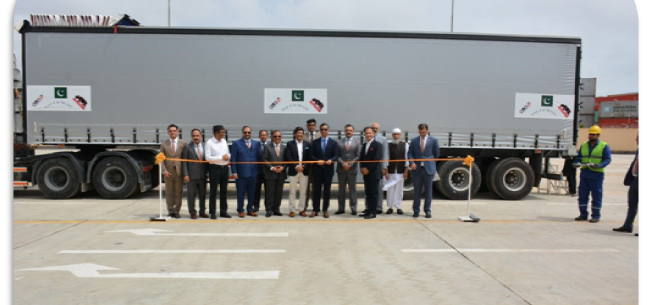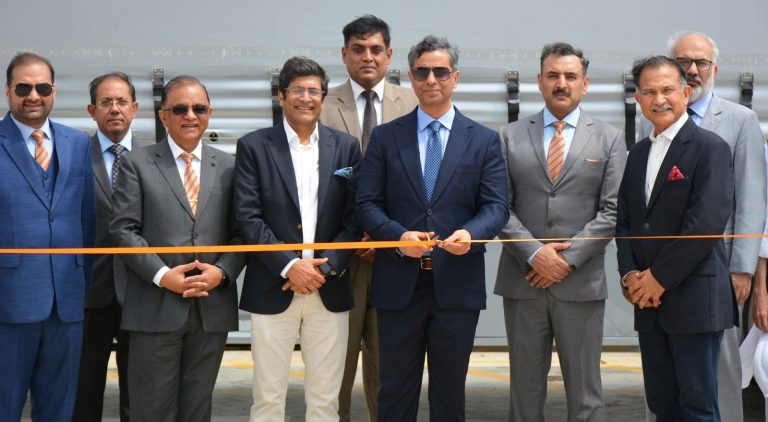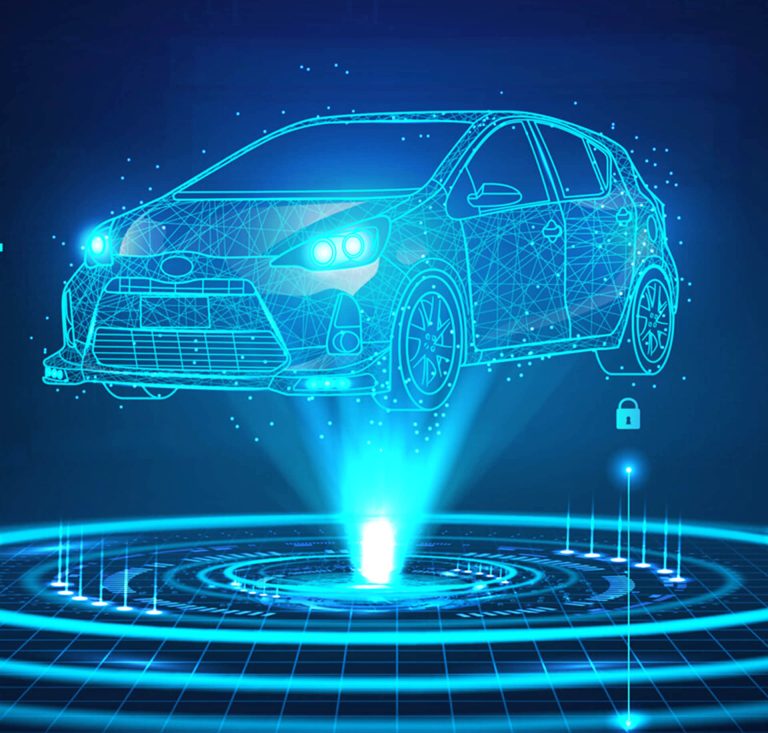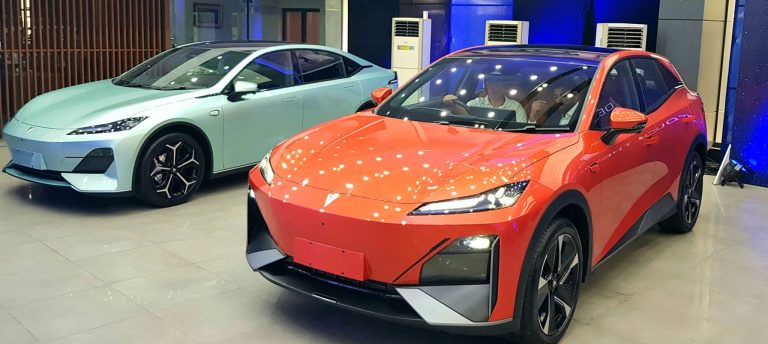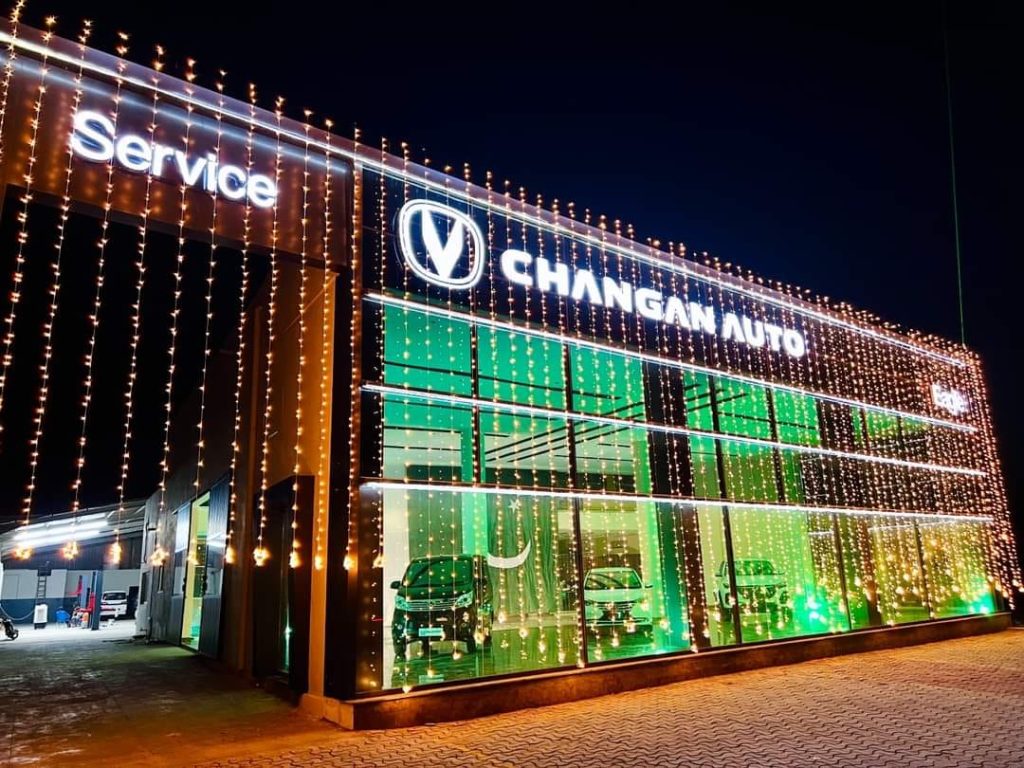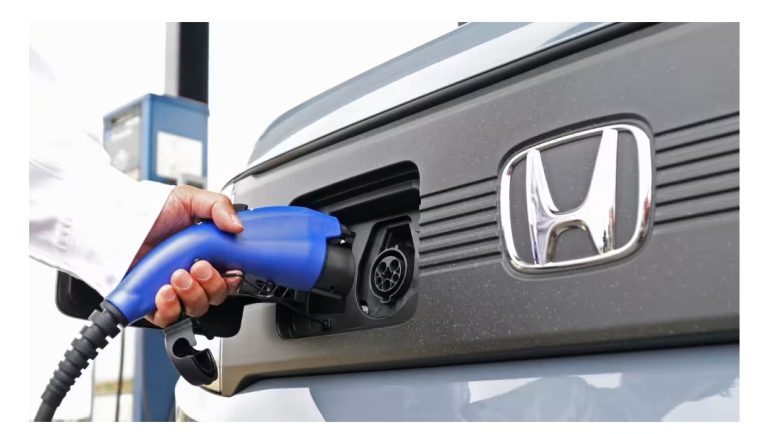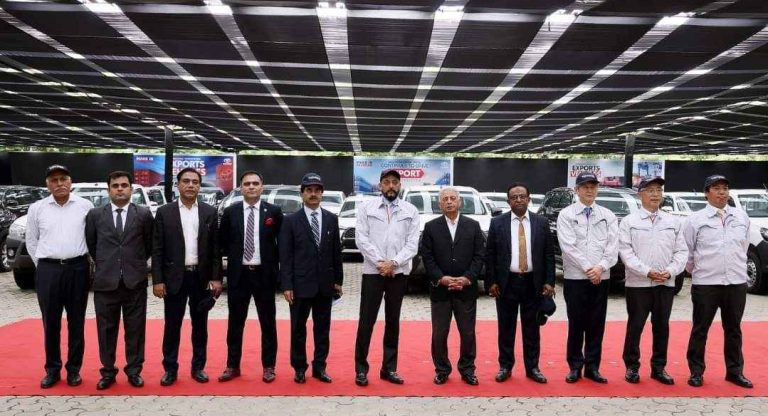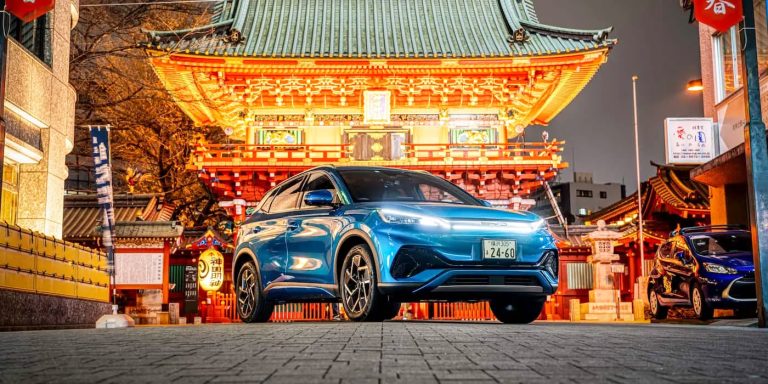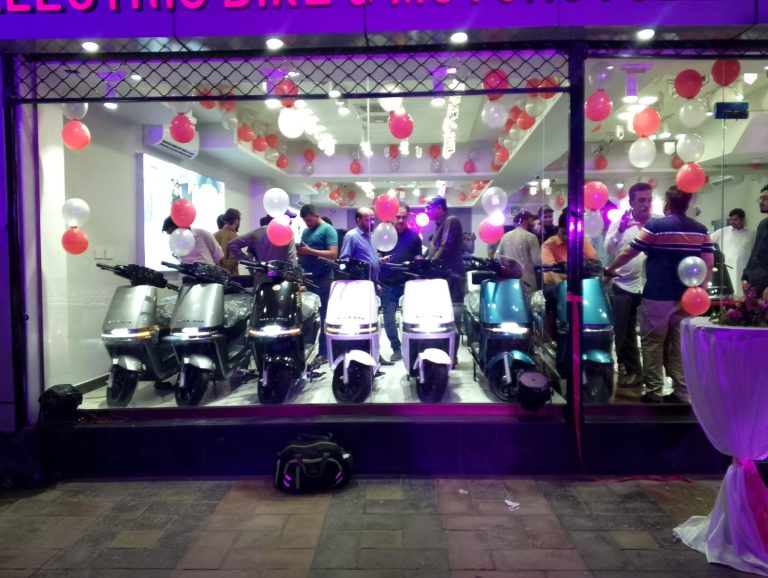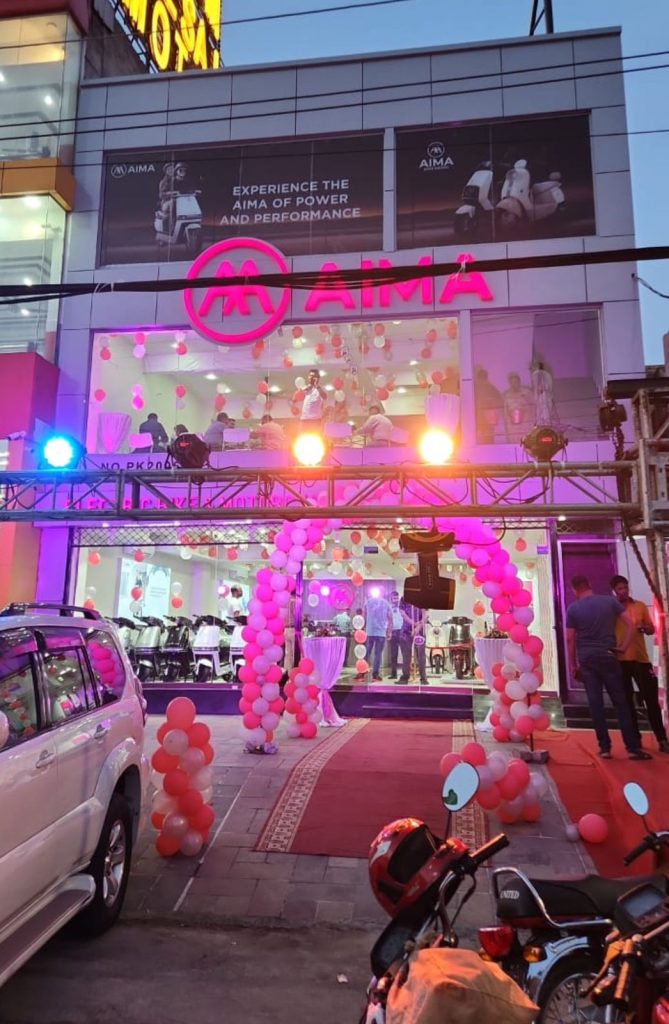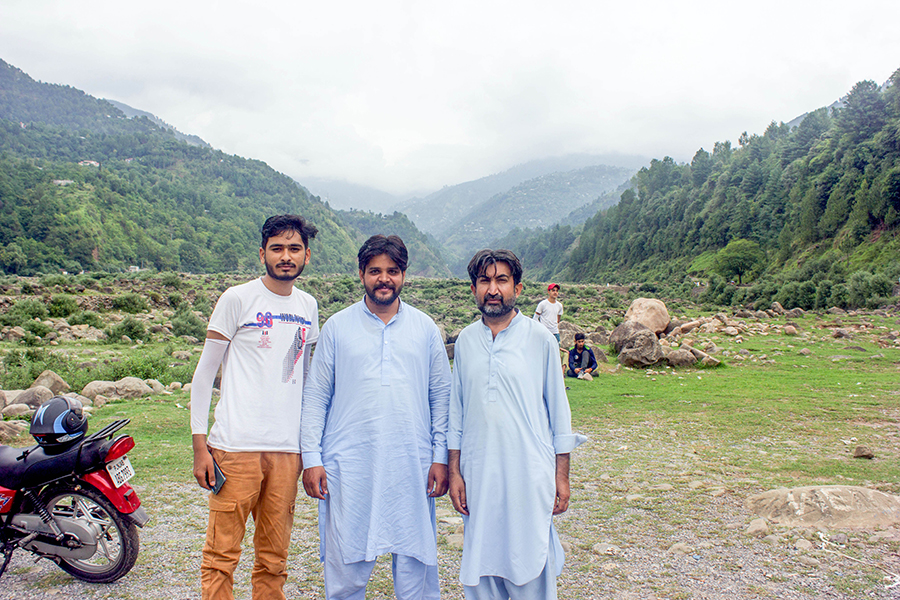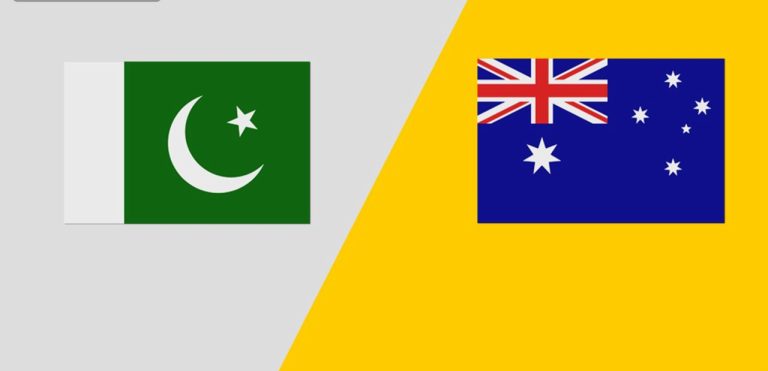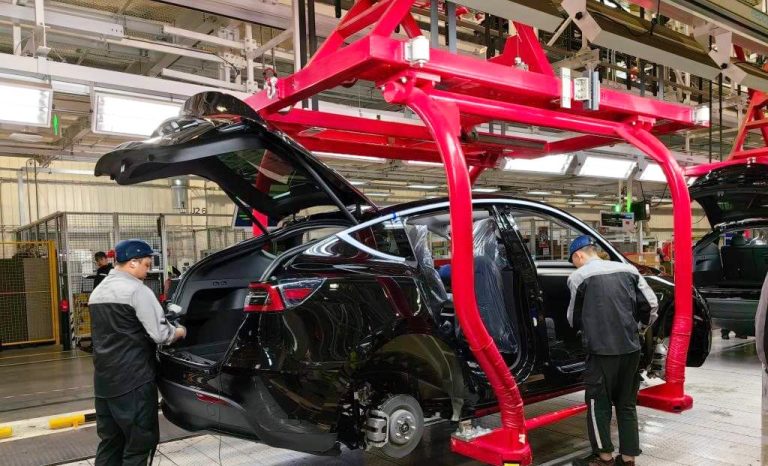Dear readers! Understanding of automotive from manufacturing to after-service, this comprehensive overview highlights the interconnected landscape of the automotive industry, at every stage, from manufacturing to after-sales services, plays a vital role in ensuring vehicle performance, durability, and customer satisfaction. More than just a look at manufacturing, this expansive view of the automotive industry shows you how all parts of it are interconnected. Performance sustainability and customer satisfaction, in turn, depend on a seamless functioning from the manufacturing to the sale stage of the vehicle. It gives a broader insight to the multitude of fundamental workings that carry us in our daily fossil fuel-empowered way. Every step, from the drawing board in development to production and logistics through sales channels right on down to after-sales support is mission-critical in producing great cars that send drivers home smiling. But with the changing landscape of mobility, sustainability will be even more critical to meet rising demands and guarantee an automotive-oriented future. By appreciating the complicated workings behind our everyday vehicles, we gain a deeper respect for the engineering marvels that take us down the road. From the initial design and production phases to logistics, sales, and after-sales support, each stage is vital in delivering high-quality vehicles and exceptional customer experiences. As the industry evolves, embracing sustainability and technological advancements will be key to meeting the demands of the future and ensuring a sustainable and prosperous automotive landscape.
This article presents how front-line scientific breakthroughs and engineering wonders combine to drive modern high-performance vehicles. As we embark on a fact-finding mission, let us learn all about the innermost workings of how physics, materials science, aerodynamics, and cutting-edge technology all blend to form a perfect symphony to take on the road and track. Accordingly, this is what makes a car truly “fast”, but let us delve into the science behind it to know the main ingredients of the way to fast car compounding. The abovementioned list just scratches the surface of the scientific puzzles behind a car’s speed. However, backed by these and other scientific and engineering principles, car manufacturers create high-performance vehicles that challenge the edge of speed and handling. While horsepower and lap times generally determine fast or slow, performance extends beyond raw speed as you already know. Our skills as drivers, the condition of the road, or even the weather could be a factor here. A high-performance car, especially one from an esteemed automaker like Cadillac, should be nothing if not for fun to drive; it’s all about performance that amazes and thrills behind the wheel–not just what factors are written on a spec sheet. The mathematics of automotive performance is a broad field that draws from many engineering disciplines and scientific principles. Knowing these factors lets us understand the incredible engineering gymnastics involved in making machines that tickle our imagination into overdrive. The intersection of front-line scientific advancements and engineering marvels that drive the evolution of high-performance vehicles. This journey researches the intricate details of how physics, materials science, aerodynamics, and advanced technologies combine to push the boundaries of what is possible on the road and track. It’s a symphony of science and engineering working in perfect synchronization, and this understanding of what exactly makes a car “fast”, so let us probe into the key elements in the formula for automotive performance, however, these are just some of the scientific secrets contributing to a vehicle speed. The seamless integration of various scientific principles and engineering expertise allows car manufacturers to create high-performance machines that push the boundaries of speed and handling. As we are aware that horsepower and lap times are important metrics, there’s more to performance than just raw speed. Driver skill, road conditions, and even weather can play a role. The true mark of a high-performance car lies in its ability to deliver an exhilarating driving experience, seamlessly blending power, handling, and driver feedback. The formula for automotive performance is a complex topic, where various engineering disciplines and scientific principles come together. Understanding these factors allows us to appreciate the incredible feats of engineering that go into creating high-performance machines that capture our imagination.
Powertrain Innovations: Powertrain advancements are intertwined with the rise of connected car technology. Vehicle-to-everything (V2X) communication allows cars to interact with infrastructure and other vehicles, potentially optimizing traffic flow and improving safety. It all starts with the heart of the beast – the engine. Horsepower (hp) is a common metric, but it’s only part of the story. Torque, measured in pound-feet (lb-ft), represents the twisting force that translates engine power into acceleration. Modern engines utilize various technologies like turbochargers and superchargers to boost power output, while advancements in materials science allow for lighter and more efficient engines.The heart of any high-performance vehicle lies in its powertrain. Advances in engine design, such as turbocharging, direct fuel injection, and hybrid powertrains, enhance power output while improving fuel efficiency and reducing emissions. Seamless and rapid gear shifts are essential for maintaining speed and performance. Dual-clutch transmissions (DCT) and continuously variable transmissions (CVT) offer improved acceleration and efficiency.Utilizing materials such as carbon fiber, aluminum, and advanced composites reduces vehicle weight, enhancing speed and handling. These materials provide the strength needed for safety without the bulk. Powertrain innovation is driving the automotive industry towards a cleaner and more efficient future. With continued advancements in battery technology, alternative fuels, and connected car technology, we can expect even more exciting developments that will transform the way we drive. Powertrain innovations are revolutionizing the automotive industry, driving significant improvements in performance, efficiency, and sustainability. From advanced internal combustion engine technologies and electrification to alternative fuels and integrated control systems, these developments are shaping the future of mobility. As the industry continues to evolve, embracing these innovations will be key to meeting the demands of a more sustainable and dynamic automotive landscape.
Aerodynamic efficiency is crucial for reducing drag and enhancing speed. Aerodynamic efficiency is more than just a design philosophy, this is a critical factor in creating environmentally friendly, fuel-efficient, and exhilarating driving experiences. By understanding the principles of aerodynamics, we can appreciate the engineering marvels that allow us to navigate the world with greater efficiency and performance. Advancements in computational fluid dynamics (CFD) software allow engineers to simulate and optimize aerodynamic performance before a car is even built. Additionally, the exploration of new materials and active aerodynamic components promises even more efficient and performance-oriented vehicles in the future. Aerodynamic efficiency is not just for high-performance cars. Even small improvements can significantly impact fuel economy and driving range in everyday vehicles. Manufacturers are constantly striving to optimize aerodynamics, not just for performance, but also for environmental responsibility and consumer cost savings. Aerodynamic efficiency is a cornerstone of modern vehicle design, playing a pivotal role in enhancing performance, fuel efficiency, and overall driving experience. Through innovative design, advanced technologies, and a deep understanding of aerodynamic principles, engineers continue to push the boundaries of what is possible, creating vehicles that are not only faster and more efficient but also more sustainable and enjoyable to drive. As the automotive industry evolves, the pursuit of aerodynamic excellence will remain a key driver of innovation and progress. Advanced computational fluid dynamics (CFD) simulations help design vehicles that cut through the air with minimal resistance.Active Aerodynamics: Adjustable spoilers, diffusers, and air intakes dynamically optimize airflow based on driving conditions, improving stability and performance at high speeds.Downforce Optimization: Generating downforce through aerodynamic features increases tire grip, allowing for higher cornering speeds and improved handling.
Electronics and Control Systems: Electronics and control systems are at the heart of modern automotive engineering, driving advancements in performance, safety, and user experience. From sophisticated engine management and advanced driver assistance systems to connected vehicle technologies and cutting-edge infotainment, these systems transform the way we interact with and experience vehicles. As technology continues to evolve, the integration of electronics and control systems will play an even more critical role in shaping the future of automotive innovation, leading to smarter, safer, and more connected vehicles. Modern cars are no longer simply mechanical marvels; they’re rolling bundles of sophisticated electronics and control systems. These intricate networks silently orchestrate a symphony of functions, enhancing performance, safety, and comfort for drivers and passengers alike. Let’s delve into the critical role electronics and control systems play in today’s automobiles. In modern automotive engineering, electronics, and control systems are integral to vehicle performance, safety, and driver convenience. These systems manage everything from engine performance and emissions to driver assistance and infotainment. This overview delves into the key components, technologies, and advancements in automotive electronics and control systems, highlighting their impact on the driving experience and vehicle functionality. ECUs are the brains of the engine, managing fuel injection, ignition timing, and air-fuel mixture to optimize performance and efficiency. Modern ECUs are highly sophisticated and capable of processing vast amounts of data in real time. advanced ECUs work in connection with sensors and actuators to monitor and control emissions, ensuring compliance with stringent environmental regulations. This includes managing catalytic converters, oxygen sensors, and exhaust gas recirculation systems. Electronic control units manage gear shifting in automatic transmissions, optimizing shift points for fuel efficiency and performance. Features like adaptive shift logic and sport modes enhance the driving experience.
Takeaway from this article:
Automotive performance is proof of human ingenuity and the insistent drive to innovate. It is a field where science truly meets speed, resulting in machines that captivate the imagination and redefine the limits of mobility. The automotive dynamic field combines scientific principles with innovative design to push the boundaries of what vehicles can achieve. From the optimization of aerodynamics and the development of high-performance powertrains to the integration of sophisticated electronics and control systems, every aspect of automotive performance is meticulously engineered to deliver an unparalleled driving experience. The automotive industry is on an insistent quest for even faster, cleaner, and more efficient vehicles. Advancements in powertrain technologies, material science, and autonomous driving systems promise to redefine the future of performance. As science continues to push boundaries, we can expect even more awe-inspiring feats of automotive engineering, forever chasing the elusive pinnacle of speed and driving pleasure. the quest for performance is complemented by a growing emphasis on sustainability, safety, and connectivity. Future advancements will likely see even greater integration of electric and hybrid technologies, autonomous driving capabilities, and enhanced driver-assistance systems, all aimed at creating vehicles that are not only faster and more powerful but also smarter and more efficient.The attraction of a high-performance car goes beyond its smooth design and powerful engine. It’ is evidence to the seamless integration of various scientific disciplines and engineering marvels. From the powertrain’s raw muscle to the aerodynamic finesse that slices through the air, every element plays a crucial role in achieving exhilarating speed and precise handling. While horsepower and lap times capture headlines, the true essence of performance lies in the synergy between these scientific principles and the driver’s experience. A high-performance car should not only deliver blistering speed but also inspire confidence and exhilaration behind the wheel.
